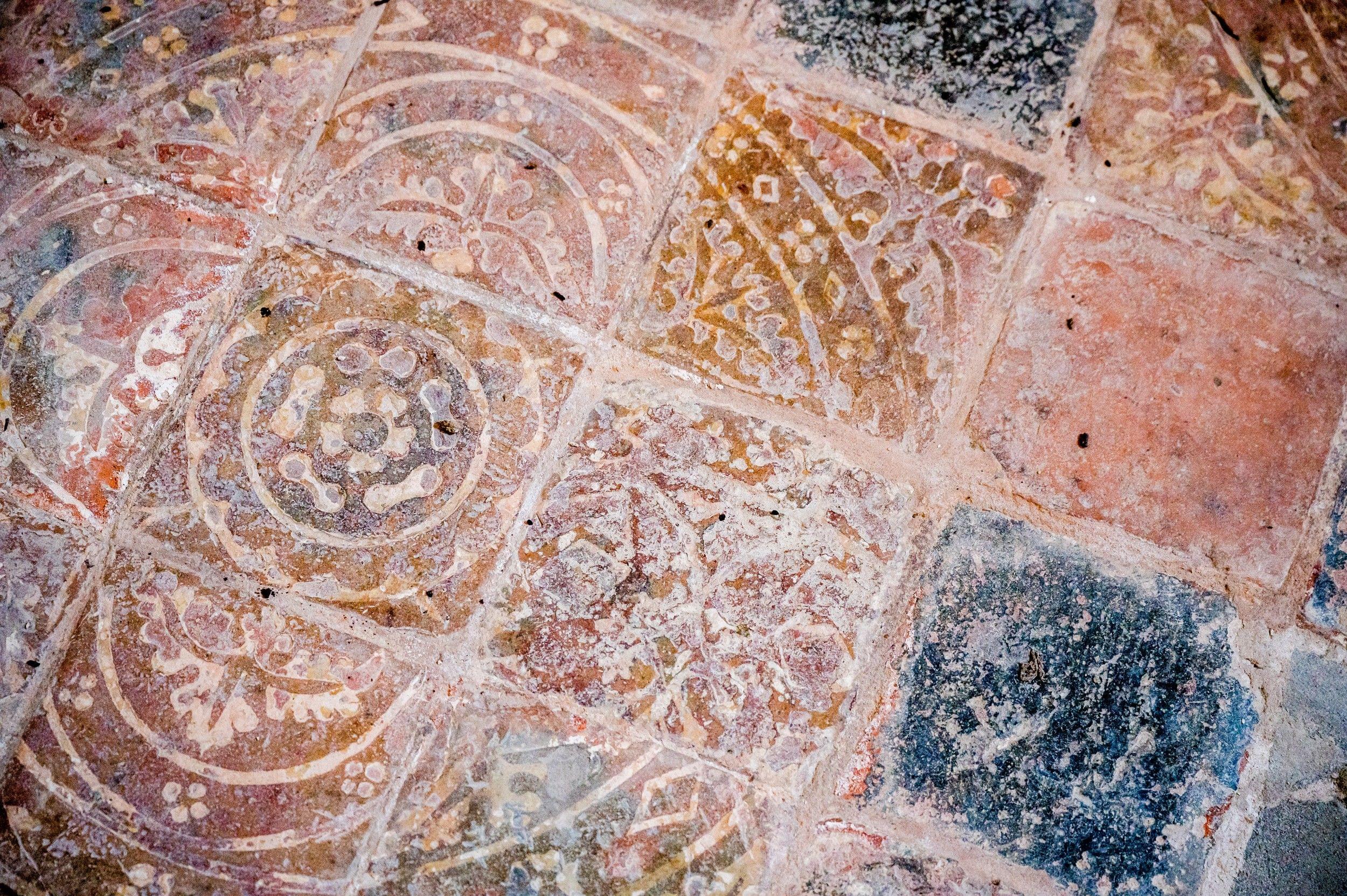All Saints
Gwynfe, Carmarthenshire
The historic parish of Gwynfe itself has remained an agricultural area accessed only by narrow country roads.

There is always a warm welcome for anyone at St Catherine's church, Brynammam.
Brynamman, Carmarthenshire
St Catherine's was the first daughter church to be built in Cwmamman Parish after the main church was built at Garnant in 1842. It was built on land which was once part of Cwmnantymoel Farm in 1882.
On Wednesday, the 10th of July, 1940, a fierce air battle took place between British fighter aircraft and German enemy bombers over the English Channel. Just before midday, one plane was spotted flying low and approached the village from the north. Their bomb missed their supposed target, landing in the churchyard, south of St Catherine's.
The massive explosion caused damage to several houses in the vicinity, but the church took the full force of the blast, causing severe damage to the church windows and roof. The church building, however, served as a shield, protecting the 300 children at Brynamman Council School which was then sited approximately only 50 yards (metres) behind the church. It is remarkable that not one teacher or child was hurt at the school.
Gwynfe, Carmarthenshire
The historic parish of Gwynfe itself has remained an agricultural area accessed only by narrow country roads.
Llandybie, Carmarthenshire
The circular shape of the original churchyard boundary here indicates the site was used for Christian worship before the present church was built.
Llandeilo, Carmarthenshire
Stands on a site where there has been Christian worship for nearly fifteen centuries, dating back to the mission of St Teilo in the 6th century.